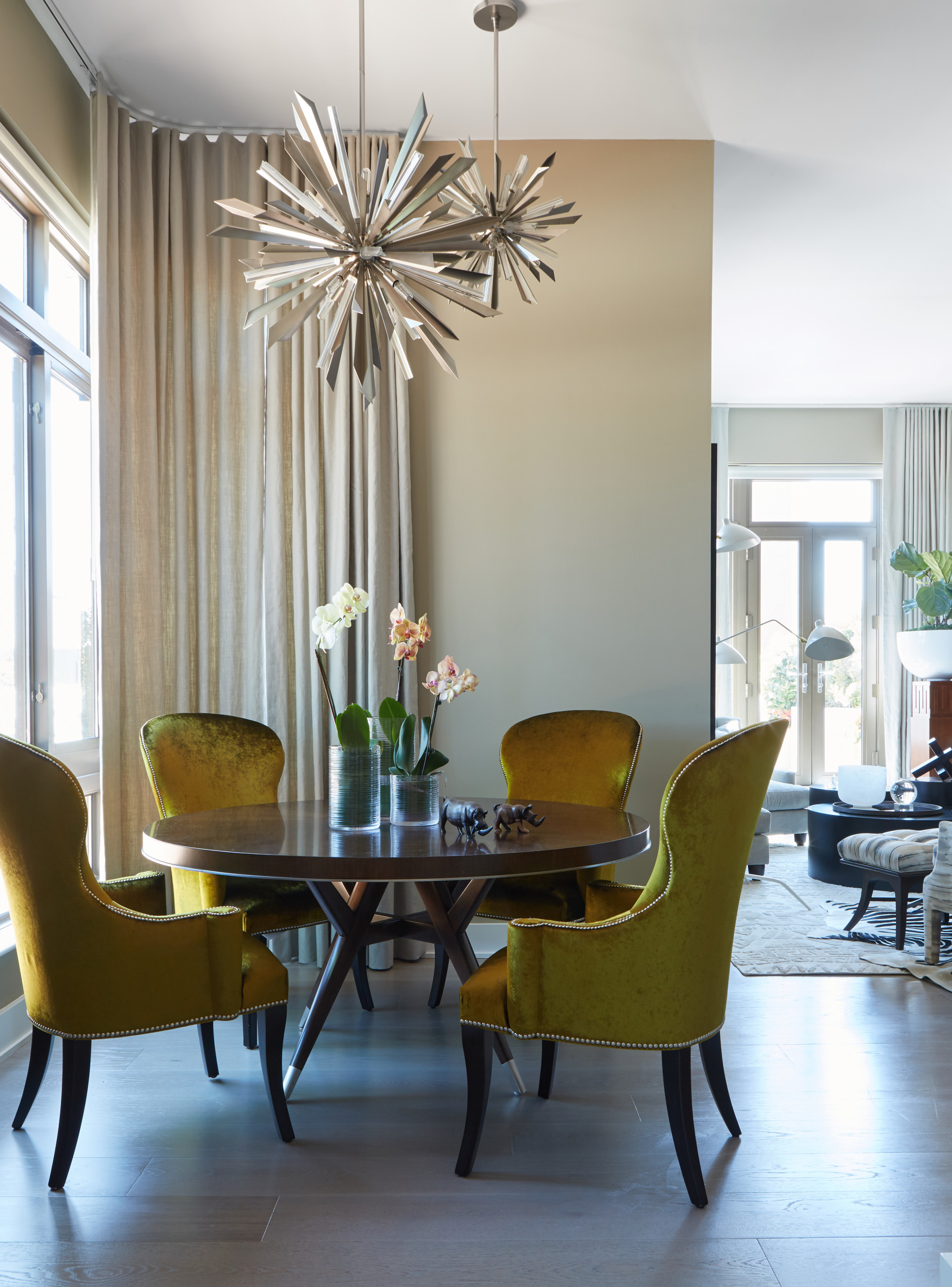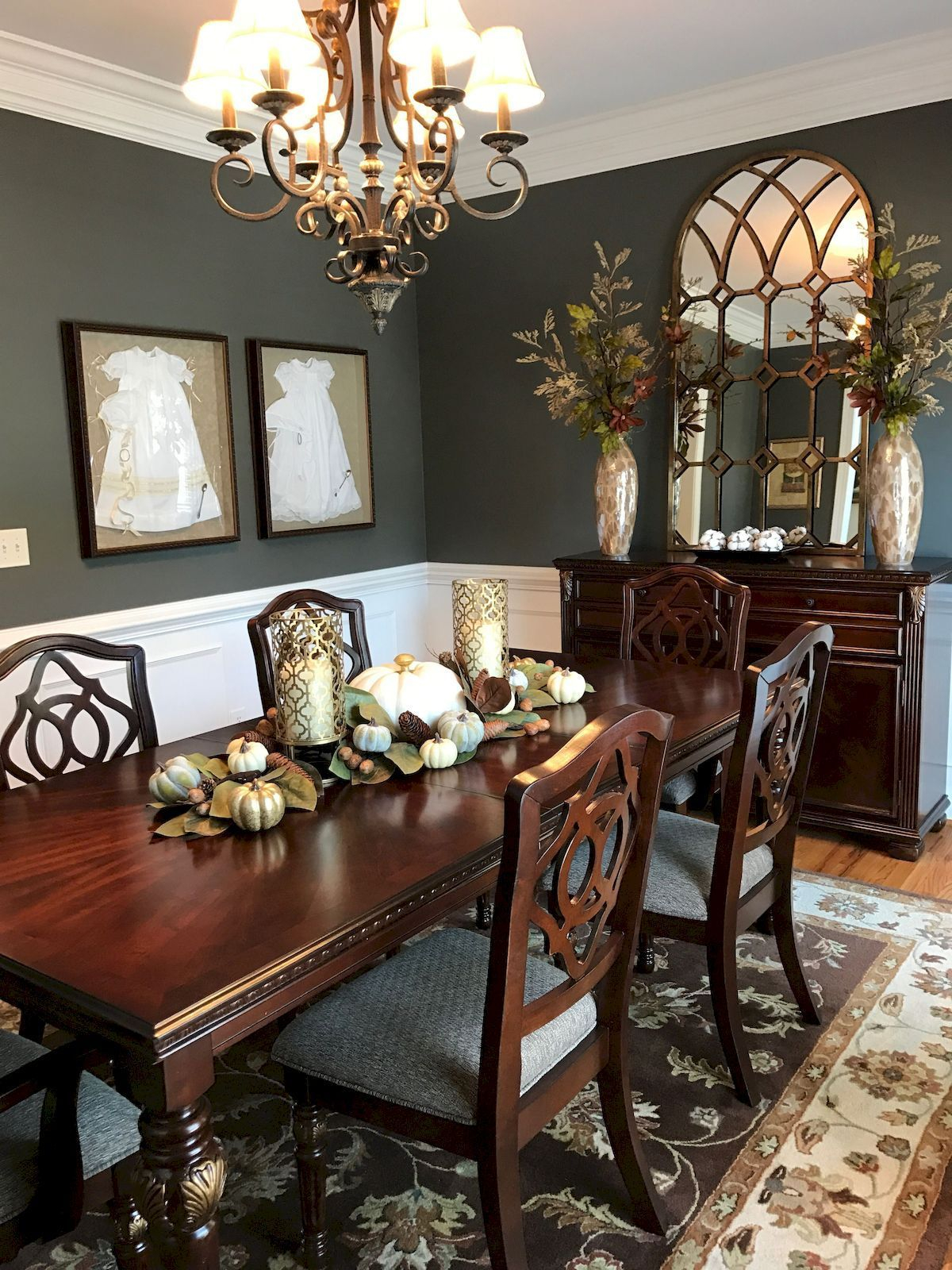
The Challenge of Compact Dining Areas
Designing a dining area in a small space can be a daunting task. Limited square footage often poses a challenge to create a functional and aesthetically pleasing dining space. However, with the right design ideas and strategies, it is possible to transform even the tiniest of spaces into a stylish and practical dining area. In this article, we will explore various design ideas for small dining areas, providing inspiration and practical tips for maximizing space.
1. Optimize Layout and Furniture Placement

The first step in designing a compact dining area is to optimize the layout and furniture placement. Consider the following tips:
- Choose a dining table that is proportionate to the space. Opt for round or square tables, as they tend to take up less space compared to rectangular ones.
- Consider a wall-mounted or foldable dining table that can be easily tucked away when not in use.
- Place the dining table against a wall or in a corner to save space.
- Use lightweight and stackable chairs that can be easily stored when not in use.
- Consider benches or banquettes instead of individual chairs, as they can be pushed under the table when not in use, saving valuable space.
2. Embrace Multifunctional Furniture

Multifunctional furniture is a game-changer when it comes to designing small dining areas. Here are some ideas:
- Invest in a dining table with built-in storage to maximize functionality. This can be a great space to store extra dinnerware, linens, or even small kitchen appliances.
- Consider a convertible dining table that can be transformed into a desk or a console table when not in use.
- Utilize a bar cart as a mobile dining station that can be easily moved around and stored away when needed.
- Opt for dining chairs with hidden storage compartments, providing additional space for small items.
3. Create Illusions of Space

Small dining areas can benefit greatly from visual tricks that create an illusion of space. Consider the following design ideas:
- Use mirrors strategically to reflect light and create a sense of openness. Place a mirror on a wall opposite a window to maximize the effect.
- Opt for glass or acrylic dining tables and chairs, as they visually take up less space and create a more open feel.
- Choose light-colored furniture and walls to make the space appear larger and brighter.
- Hang curtains or drapes high and wide to create the illusion of higher ceilings and a larger space.
4. Incorporate Clever Storage Solutions

Effective storage solutions are essential in small dining areas to keep clutter at bay. Consider the following ideas:
- Install floating shelves or wall-mounted cabinets above or beside the dining table to store dining essentials.
- Utilize under-seat storage in benches or banquettes to store extra items.
- Consider a sideboard or buffet with built-in storage for dishes, glassware, and serving utensils.
- Use vertical space by incorporating a hanging pot rack or a wall-mounted wine rack.
5. Utilize Lighting to Enhance the Space

Strategic lighting can significantly impact the perception of space in a compact dining area. Consider the following lighting ideas:
- Install a statement pendant light above the dining table to draw the eye upwards and create a focal point.
- Opt for wall sconces or recessed lighting to save space and provide a warm ambiance.
- Use task lighting, such as adjustable table lamps, to provide focused light for dining or other activities.
- Consider installing dimmer switches to adjust the lighting intensity and create different moods in the space.
Summary
Designing a compact dining area requires careful planning and creativity. By optimizing layout and furniture placement, embracing multifunctional furniture, creating illusions of space, incorporating clever storage solutions, and utilizing lighting effectively, it is possible to create a stylish and functional dining area even in the smallest of spaces. Remember to consider your personal style and preferences while implementing these design ideas to create a dining area that truly reflects your taste and personality.